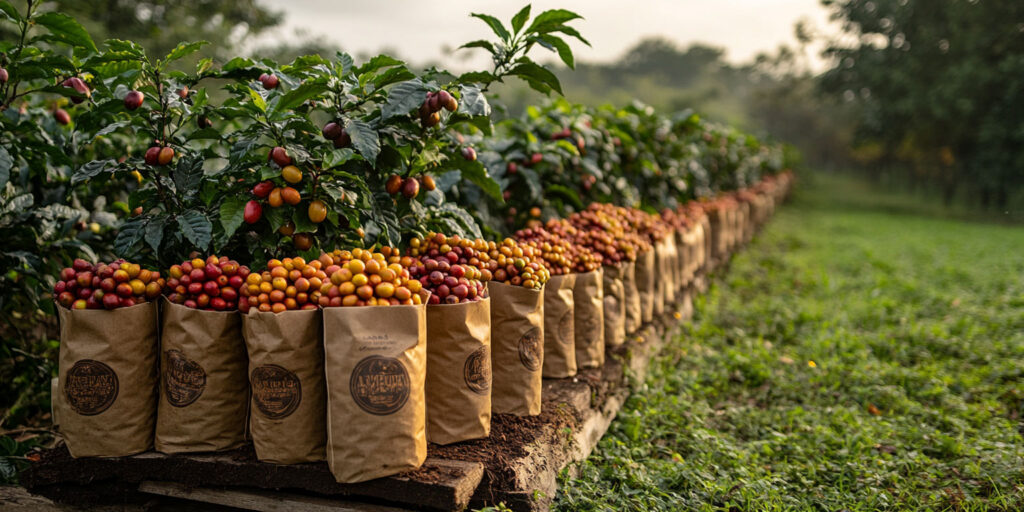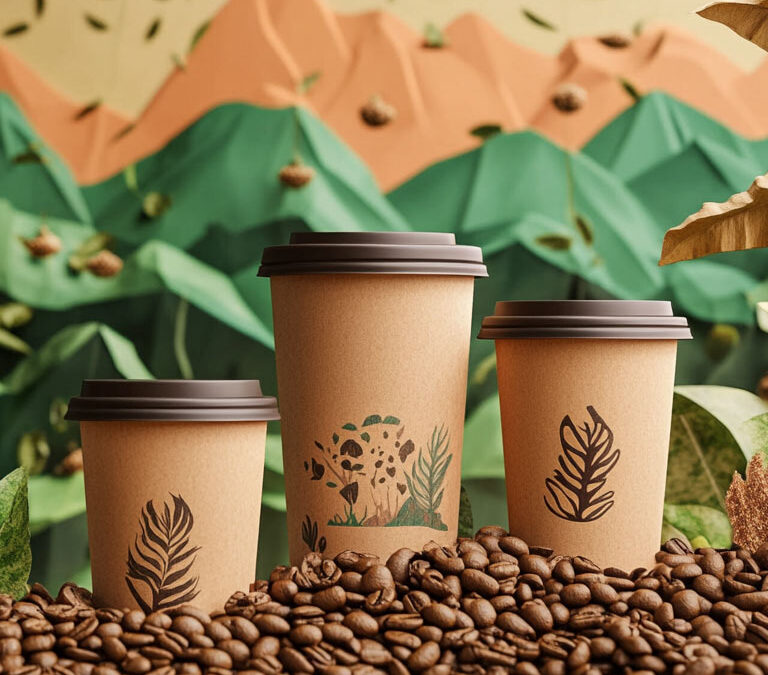Sustainability is a hot topic in the coffee industry, and packaging plays a big role in that conversation. Traditional coffee packaging, often made from plastic and foil, is durable but tough to recycle. Eco-friendly alternatives—like compostable bags, biodegradable pods, and recyclable materials—offer a greener option but often come with a higher price tag.
For businesses and consumers alike, the question is: Does sustainable coffee packaging justify the cost? This article breaks down the financial and environmental impact of these eco-friendly choices to see if they truly deliver on their promise.
The Hidden Cost of Traditional Coffee Packaging
Most standard coffee packaging is made from a combination of plastic, aluminum, and paper, making it nearly impossible to recycle. While it’s cheap and effective at preserving freshness, it adds to landfill waste and contributes to long-term environmental harm.
Here’s why traditional packaging still dominates:
- Lower production costs – Conventional materials are inexpensive and widely available.
- Strong barrier protection – Keeps coffee fresh by blocking moisture, light, and air.
- Well-established infrastructure – Most coffee companies already use these materials, making them easier to source and distribute.
Despite these benefits, the environmental consequences are hard to ignore. Non-recyclable coffee bags and plastic pods sit in landfills for centuries, pushing companies to rethink their approach.
Eco-Friendly Coffee Packaging: Options & Costs
Switching to sustainable packaging isn’t as simple as swapping materials. There are multiple options, each with different price points and benefits:
- Compostable Packaging
- Made from plant-based materials like cornstarch or sugarcane.
- Fully decomposes in industrial or home composting systems.
- Costs 20-50% more than traditional plastic-based bags.
- Biodegradable Coffee Pods
- Breaks down naturally over time, unlike plastic pods that last indefinitely.
- Requires specific conditions to degrade properly.
- Generally costs twice as much as plastic pods.
- Recyclable Packaging
- Uses mono-material plastics or aluminum that can be easily processed.
- Often needs specialized recycling facilities.
- Slightly more expensive but more accessible than compostable options.
Each of these solutions reduces waste, but the challenge lies in balancing sustainability with affordability.

Is It Worth Paying More for Sustainability?
The cost of eco-friendly packaging isn’t just about materials—it’s about the bigger picture. Here’s what businesses and consumers need to consider:
For Coffee Brands:
- Higher production costs – Sustainable materials often require specialized manufacturing, driving up expenses.
- Consumer demand for sustainability – A growing number of buyers prioritize ethical choices, making eco-friendly packaging a strong selling point.
- Long-term brand loyalty – Investing in sustainability can enhance brand reputation and customer retention.
For Consumers:
- Higher retail prices – Brands pass the added costs onto customers, leading to more expensive coffee.
- Environmental impact – Choosing sustainable packaging reduces personal waste contributions.
- Convenience factors – Not all biodegradable or recyclable options are as easy to dispose of as they seem.
While sustainable packaging is more expensive, its benefits can outweigh the costs when companies market it effectively and consumers recognize its long-term impact.
The Verdict: A Necessary Cost or a Luxury?
Eco-friendly coffee packaging comes with a price, but it’s one that more businesses and consumers are willing to pay. As sustainable options become more mainstream, costs are likely to decrease, making green packaging more accessible.
For now, the question isn’t just about cost—it’s about priorities. If sustainability is a core value, then the extra investment makes sense. If affordability is the main concern, traditional packaging remains the cheaper option. Either way, the push for greener solutions is shaping the future of the coffee industry, one bag at a time.

